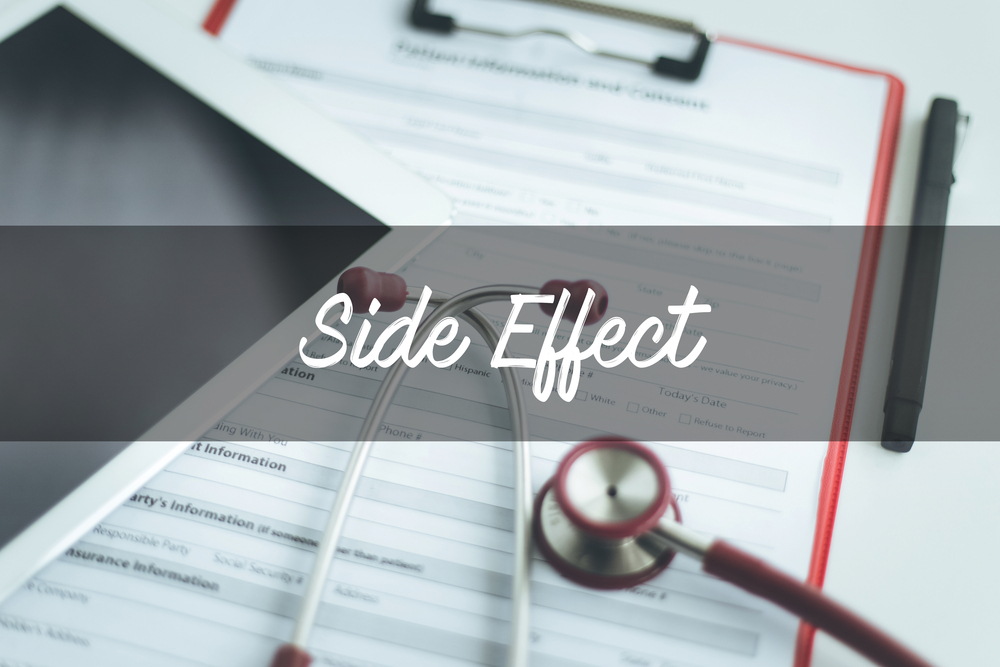Some medications can make your skin more sensitive to sunlight and cause sunburns, rashes, or other skin problems.
Have you ever experienced a severe sunburn or a rash after spending some time outdoors? If you are taking certain medications, you may be more prone to these reactions.
This is because some drugs can make your skin more sensitive to sunlight, a condition called photosensitivity.
Its important to use a medications interaction checker before you take photosensitive medications.
In this article, we will explain what photosensitivity is, what medications can cause it, and how to prevent sun damage when taking these drugs.
What is photosensitivity and why does it happen?
Photosensitivity is when your skin overreacts when exposed to sunlight. This usually means that you could be more sensitive to sunlight and get sunburns more easily.
It might not be a mild sunburn, either. You may end up with a worse sunburn than usual, with even a little sun exposure resulting in a severe burn.
If you have photosensitivity, you may also develop a rash after being in the sun, as well.
Photosensitivity can happen for many reasons, but medications can be a common culprit.
Some drugs can interact with sunlight and cause chemical changes in your skin that trigger inflammation, damage, or allergic reactions.
These drugs can be classified into two types: phototoxic and photoallergic.
- Phototoxic reactions occur more often and are caused by direct interaction of the drug with sunlight. They usually look like exaggerated sunburns and can happen within minutes or hours of sun exposure.
- Photoallergic reactions occur less often and involve an immune response to the drug and sunlight. They usually look like eczema or hives and can take days or weeks to appear after sun exposure.
What medications can cause photosensitivity?
Many medications can cause photosensitivity as a side effect. Some of the most common ones are:
- Antibiotics, especially doxycycline, tetracycline, minocycline, sulfonamides, and quinolones. These drugs can cause phototoxic reactions that can lead to blisters, swelling, or pigmentation changes on the skin.
- Nonsteroidal anti-inflammatory drugs (NSAIDs), such as ibuprofen, naproxen, diclofenac, and celecoxib. These drugs can cause both phototoxic and photoallergic reactions that can result in redness, itching, or scaling on the skin.
- Retinoids, such as isotretinoin (Accutane), tretinoin (Retin-A), adapalene (Differin), and tazarotene (Tazorac). These drugs are used to treat acne, psoriasis, or other skin conditions.
- Diuretics, such as hydrochlorothiazide (HCTZ), furosemide (Lasix), and spironolactone (Aldactone). These drugs are used to treat high blood pressure, heart failure, or fluid retention.
- Some diabetes medications, such as sulfonylureas (glipizide, glyburide), meglitinides (repaglinide, nateglinide), and DPP-4 inhibitors (sitagliptin, saxagliptin). These drugs are used to lower blood sugar levels in people with type 2 diabetes.
- Tricyclic antidepressants, such as amitriptyline, clomipramine, desipramine, doxepin, imipramine, and nortriptyline. These drugs are used to treat depression, anxiety, or chronic pain.
- Antihistamines, such as diphenhydramine (Benadryl), cetirizine (Zyrtec), loratadine (Claritin), and fexofenadine (Allegra). These drugs are used to treat allergies, colds, or motion sickness.

- Methotrexate, a drug used to treat cancer, rheumatoid arthritis, psoriasis, or other autoimmune diseases. It can cause both phototoxic and photoallergic reactions that can lead to ulcers or scars on the skin.
- Amiodarone, a drug used to treat irregular heartbeats or arrhythmias. It can cause phototoxic reactions that can cause blue-gray discoloration or sunburn-like lesions on the skin.
- Griseofulvin, a drug used to treat fungal infections of the skin, hair, or nails. It can cause phototoxic reactions that can result in redness, itching, or blisters on the skin.
- Quinine, a drug used to treat malaria or leg cramps. It can cause phototoxic reactions that can manifest as rashes or blisters on the skin.
How to protect yourself from sun damage when taking photosensitive medications?
If you are taking a medication that can cause photosensitivity, you should take extra precautions to avoid sun damage. Here are some tips to follow:
- Apply sunscreen with at least SPF 30 and broad-spectrum protection (against both UVA and UVB rays) every day, even on cloudy days. Reapply every two hours or more often if you sweat or swim.
- Wear protective clothing, such as long sleeves, pants, hats, and sunglasses, when going outdoors. Choose fabrics that are light-colored, tightly woven, and have a high ultraviolet protection factor (UPF).
- Avoid peak sun hours, usually between 10 a.m. and 4 p.m., when the sun is strongest and most harmful. Seek shade whenever possible.
- Be aware of reflective surfaces, such as water, sand, snow, or concrete, that can increase your exposure to sunlight.
- Monitor your skin for any signs of sunburn, rash, or irritation. If you notice any symptoms, seek medical attention as soon as possible.
- Do not stop taking your medication without consulting your doctor. Some medications may have serious side effects of medicine if you stop them abruptly or without supervision.


